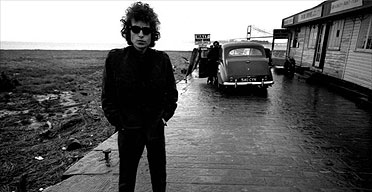I have a confession to make. I want a DeLorean.
It has nothing to do with Back To The Future, I've never even driven one.
I just that I think that they are hopelessly cool.
For years I have struggled to express why, but now someone put those thoughts into words for me on retrorides
… I love these cars, for all their faults, for all the poor build
quality, for all that they have an asthmatic Volvo/Renault lump hanging out of
their rear end, for all that you need to know in advance which of those
excellent one-off wheels is going to get a puncture because they're different
sizes front and rear...
... I love them because they're utterly mad, bonkers, unique,
funky, and funded by a coke-peddling, fund-embezzling, Thatcher-scamming,
Belfast-rejuvenating, GMC-baiting lunatic, which is beyond cool in anyone's
language, and we will not see their like again!
Plus, they were styled so well by Giugiaro that they still look
futuristic even whilst they've become hopelessly dated, and that's a hell of a
trick to pull off.
But that's not all, because recently I discovered that the tooling used for the cars lies not far away from me on the sea bed of Galway Bay.
When the DeLorean factory closed, the tooling was sold off to scrapyards throughout Ireland.
Läpple, a company based in Carlow who manufactured stainless steel sections of the DMC-12 initiated the disposal and material passed through several scrap yards in 1984:
Galway Metal, Oranmore; Hammond Lane Metal Company, Dublin (closed in 1996) and Haulbowline Industries, Passage West, Cork.
Läpple, a company based in Carlow who manufactured stainless steel sections of the DMC-12 initiated the disposal and material passed through several scrap yards in 1984:
Galway Metal, Oranmore; Hammond Lane Metal Company, Dublin (closed in 1996) and Haulbowline Industries, Passage West, Cork.
Using another industrial relic, the Severn Princess (the car ferry Bob Dylan is shown waiting for in the photo below, taken in 1966) ...

... a group of Galway fishermen collected twelve pieces of DeLorean tooling from Haulbowline Industries in 1984 and brought them to Emerald Fisheries (1984 to 2001) in Kilkiernan Bay, Co. Galway where the heavy cast iron was sunk to anchor a large salmon cage located at the surface.
As recently as 2009 three of the sections were still visible, today providing a home to crabs and lobsters:




All information above from:
![[image] [image]](http://i668.photobucket.com/albums/vv43/Nik_da_Greek/Classic%20Motor%20Show/dmcr3q.jpg)
No comments:
Post a Comment